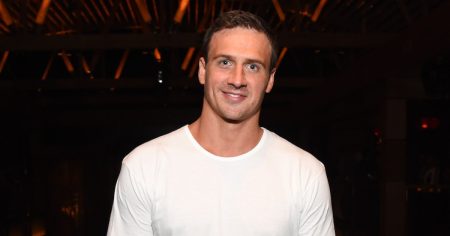The entertainment world was rocked by allegations from actress Blake Lively against director and co-star Justin Baldoni, claiming a calculated smear campaign to tarnish her reputation during the production of their film, “It Ends With Us.” Lively’s lawsuit, filed on December 20th, alleges that Baldoni orchestrated a manipulative social media strategy to bolster his image while simultaneously undermining hers. The suit is supported by a trove of evidence, including thousands of pages of text messages and emails obtained through a subpoena, painting a picture of a concerted effort to control the narrative surrounding both individuals and the film itself.
At the heart of Lively’s accusations is the claim of a coordinated “social manipulation” campaign, allegedly orchestrated by Baldoni and a crisis management team. Leaked text messages appear to show Baldoni directing the PR team to amplify negative narratives about Lively while simultaneously promoting positive content related to himself. The messages reveal a deliberate attempt to influence public perception, with discussions of “boosting” and “amplifying” specific online content. The alleged strategy encompassed various platforms, including Reddit, where the team boasted of their success in manipulating online discussions. Further adding to the intrigue are messages suggesting attempts to “flip the narrative” on positive news about Lively and her husband, Ryan Reynolds, using their own words against them.
The details revealed in the text messages paint a disturbing picture of Baldoni’s alleged involvement in the smear campaign. He appears to actively guide the PR team, suggesting specific social media posts to exploit and even proposing strategies to undermine positive coverage of Lively. While Baldoni occasionally expressed concern about the optics of their tactics, fearing that their efforts to discredit Lively might be too obvious, he continued to push forward with the alleged manipulation. The messages also suggest Baldoni’s preoccupation with controlling the narrative, seeking reassurance from his team about the effectiveness of their methods.
Adding another layer of complexity to the situation are counter-accusations from Baldoni’s legal team. His lawyer, Bryan Freedman, vehemently denies Lively’s allegations, labeling them “completely false, outrageous, and intentionally salacious.” Freedman claims that Lively filed the lawsuit as a preemptive measure to repair her own damaged reputation and to rehash a negative narrative about the film’s production. He further alleges that Lively engaged in disruptive behavior on set, including making demands and threats, potentially contributing to the film’s difficulties during its release. This counter-narrative frames Lively as the instigator, suggesting her actions prompted the alleged PR campaign.
The stark contrast between the two narratives highlights the deeply contentious nature of the situation. While Lively’s lawsuit paints a picture of a calculated smear campaign orchestrated by Baldoni, his legal team portrays her as a difficult actress whose actions necessitated the alleged PR efforts. This conflicting information makes it challenging to discern the full truth, leaving the public to grapple with two vastly different interpretations of events. The legal battle promises to be a complex and potentially protracted affair, with both sides presenting their evidence and arguments in court.
The fallout from this legal battle extends beyond the individuals involved, raising broader questions about power dynamics in Hollywood and the ethics of public relations tactics. Lively’s lawsuit sheds light on the potential for manipulation and reputational damage within the entertainment industry, particularly in the age of social media. The case also highlights the challenges faced by individuals who speak out against alleged misconduct, as they may become targets of retaliatory campaigns aimed at silencing them. The outcome of this lawsuit could have significant implications for how such situations are handled in the future, potentially influencing industry practices and legal precedents.









